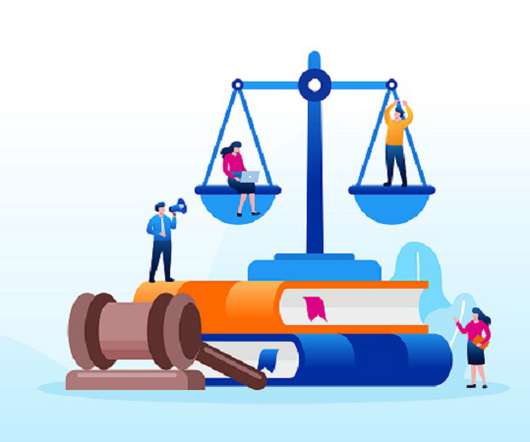Three Use Cases to Navigate Modern Data in eDiscovery
eDiscovery Daily
MAY 4, 2022
The only problem is most of the story is often stored on electronic devices like smartphones, laptops, or tablets. United States Postal Rate Commission ), integrating newer, modern data types like text messages, computer activity, and financial data, has been a bit more challenging. To learn more about this use case, click here.













Let's personalize your content